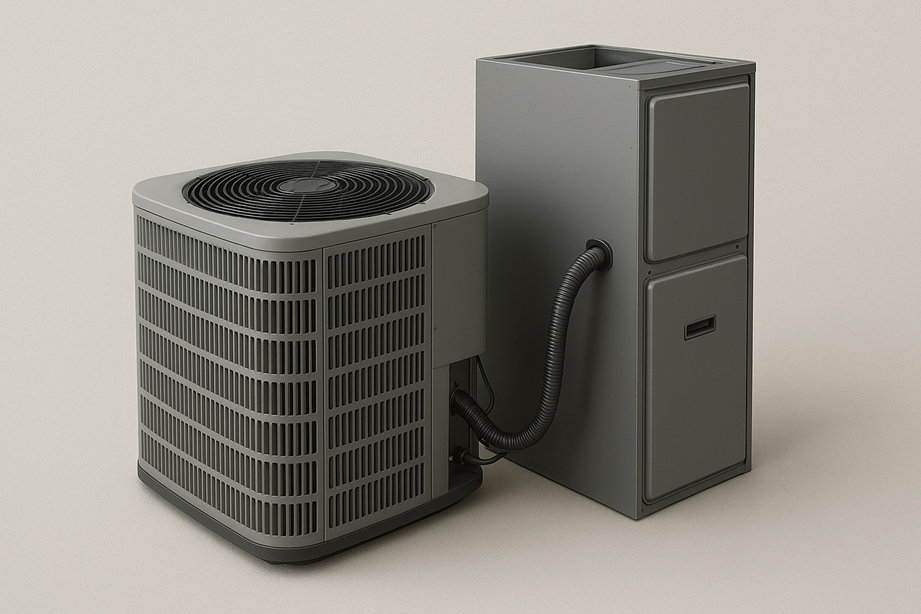Wood burning fireplaces provide a classic and effective way to heat a home while adding aesthetic charm and ambiance. They come in various styles, from open-hearth designs to modern inserts and stoves, each offering different levels of heat efficiency and visual appeal. The best wood burning fireplaces combine warmth, durability, and an inviting atmosphere that other heating options often cannot match.
These fireplaces typically use a chimney or vent system to expel smoke and combustion byproducts, ensuring safe indoor air quality. Some models, like wood stoves, feature sealed combustion chambers and air intake controls that boost fuel efficiency and heat output, making them practical for both homes and cabins.
Whether prioritizing rustic appeal or clean, long-lasting heat, wood burning fireplaces have evolved with technology to offer improved burn times and reduced emissions. This makes them a reliable and enduring choice for those looking to enhance their living spaces with natural wood heat.
Wood Burning Fireplace Essentials
A wood-burning fireplace requires specific elements and functions to provide effective heating and safe operation. Understanding how it generates heat, the types available, and its key components helps homeowners make informed choices and maintain their fireplaces properly.
How Wood Burning Fireplaces Work
A wood-burning fireplace produces heat by combusting firewood inside a firebox. This combustion releases warmth and light while generating smoke that must be vented out. The chimney creates a draft that pulls smoke upwards and fresh air into the fire, maintaining oxygen flow for efficient burning.
The damper, located at the chimney base, regulates airflow and heat retention by opening or closing as needed. Closing the damper when the fireplace is not in use helps prevent heat loss from the home. Proper design and maintenance of the firebox, chimney, and damper are essential to ensure safety and maximize heating efficiency.
Types of Wood Burning Fireplaces
Wood-burning fireplaces come in several types suited to different needs and home designs:
- Open-Hearth Fireplaces: Traditional, built into a wall with open flames visible. They offer ambiance but lower efficiency due to heat loss and unrestricted airflow.
- Prefabricated Fireplaces: Factory-built units often made from metal and installed as complete systems. These are easier to install and can be more efficient than open hearths.
- Fireplace Inserts: Installed into an existing fireplace to improve heating efficiency and reduce emissions. Options include catalytic inserts that burn gases more completely or blower-equipped models for heat distribution.
Each type varies in cost, installation complexity, and heating performance.
Key Features and Components
A functional wood-burning fireplace includes several critical parts:
- Firebox: The chamber where wood burns. It must be heat-resistant and sized for the fireplace type.
- Chimney: A vertical channel that vents smoke and gases safely outside. It must be constructed to code and kept clean of creosote buildup.
- Damper: Adjustable plate controlling airflow and preventing heat loss when closed.
- Fireplace Grate: Elevates wood for better air circulation.
- Tools and Safety Gear: Includes pokers, brushes, and heat-resistant gloves for safe operation and maintenance.
Choosing hardwoods like oak or maple as firewood improves burn quality and heat output. These components work together to ensure the fireplace operates safely and efficiently.
Installation and Maintenance
Proper installation and consistent maintenance are essential for a wood burning fireplace to function safely and efficiently. The process involves meeting specific structural requirements, following safety protocols, and maintaining chimney cleanliness to prevent hazards.
Installation Requirements
A wood burning fireplace must be installed with a properly constructed chimney to ensure safe venting of smoke and gases. The chimney should meet local building codes and be made of non-combustible materials. Adequate clearance from combustible walls and insulation must be maintained according to manufacturer and code specifications.
A working flue and damper are critical components. The flue allows smoke to escape, and the damper controls airflow to improve combustion and reduce heat loss when the fireplace is not in use. Professional installation is highly recommended to verify venting, structural integrity, and compliance with safety standards.
Safety Best Practices
Safety is paramount when using a wood burning fireplace. Only seasoned hardwood should be burned to minimize creosote buildup. A screen or glass door should be used to prevent sparks from escaping into the room.
Smoke and carbon monoxide detectors should be installed nearby. Regular inspections by certified professionals help identify cracks, blockages, or damage in the chimney and firebox. Adequate ventilation must be maintained to avoid smoke backdrafts and ensure proper combustion.
Cleaning and Chimney Care
Regular cleaning of the chimney is necessary to remove creosote, a highly flammable residue that accumulates from burning wood. Annual chimney sweeping by a certified technician is recommended, especially if the fireplace is used frequently.
Homeowners should also inspect the flue for blockages such as bird nests or debris. Maintaining proper airflow and inspecting seals on doors and dampers reduces safety risks. Routine maintenance extends the fireplace’s lifespan and helps maintain heating efficiency.



